A curious report from J.D. Power gave Microsoft's Surface brand a higher overall score in comparison to other tablet makers, "largely due to its top rankings in the features and styling & design factors," in particular the size of the screen.
Jeff Conklin, vice president of service industries at J.D. Power, wrote in a press release that Microsoft's "tablet devices are just as capable as many laptops, yet they can still function as standard tablets. This versatility is central to their appeal and success."
Microsoft's "success" in selling Surface tablets is, on a revenue and unit basis, about the same as it was in 2012 when it entered the market. However, previous J.D. Power tablet rankings (specifically in 2012, 2013 and 2014) didn't appear to include any Surface devices, which are generally considered 2-in-1 hybrid laptops rather than tablets.
Microsoft itself compares its Surface Pro 4 to Apple's MacBooks, rather than to its much cheaper iPad line, and has done so since 2014 (as depicted in the ad above). Comparisons between Surface Pro 4 and Apple's iPad Pro are not flattering in terms of price or performance.
After ranking iPad the top tablet in customer satisfaction in 2012, the firm's 2013 tablet report ranked iPad best in every category apart from price, then assigned a higher score to the lower performing Samsung solely on the basis of cost. In 2014 it gave the title back to iPad.
In its latest report, J.D. Power stated that "Microsoft is the highest performer in three areas: variety of pre-loaded applications; internet connectivity; and availability of manufacturer-supported accessories.
"Microsoft Surface users have the highest incidences of accessory use, which underscores the device's versatility. These accessories include a stylus (48% vs. 27% industry average); physical keyboard (51% vs. 14%); and mouse (27% vs. 6%)."
Apple's iPad, like most other tablets designed after it, does not use a mouse. Further, only Apple's iPad Pro line makes use of a precision drawing device, branded as Apple Pencil, although it could be generally referred to as a "stylus." Because the report only refers to vendors and not specific product lines, it's not clear what iPad models the firm included it its statistics.
J.D. Power also focused on screen size, which it equated to higher satisfaction. "Average screen diagonal among Microsoft customers is highest, at 11.8 inches. Satisfaction is 869 among customers whose screen diagonal is 10 inches or more vs. 850 among those whose screen diagonal is 8-10 inches and 824 among those whose screen diagonal is less than 8 inches."
The cost of a larger screen is not reflected in the single score assigned to each vendor. Apple makes three sizes of iPad, with only its largest iPad Pro comparable to Microsoft's Surface Pro 4. Samsung makes an enormous range of tablets sizes.
J.D. Power also pointed out that "data plans increase satisfaction," stating that "Nearly one-third (32%) of customers have a data plan with their tablet. Overall satisfaction among customers with a data plan is 863 vs. 834 among those without such a plan."
The firm's report says it "measures customer satisfaction with tablets across five factors (in order of importance): performance (28%); ease of operation (22%); features (22%); styling and design (17%); and cost (11%). The 2017 study is based on experiences evaluated by 2,238 tablet owners who have owned their current device for less than one year."
We contacted J.D. Power to clarify some of its findings and are waiting for a response.
 Daniel Eran Dilger
Daniel Eran Dilger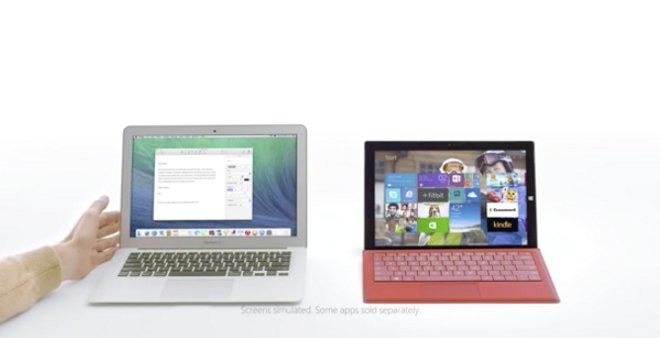
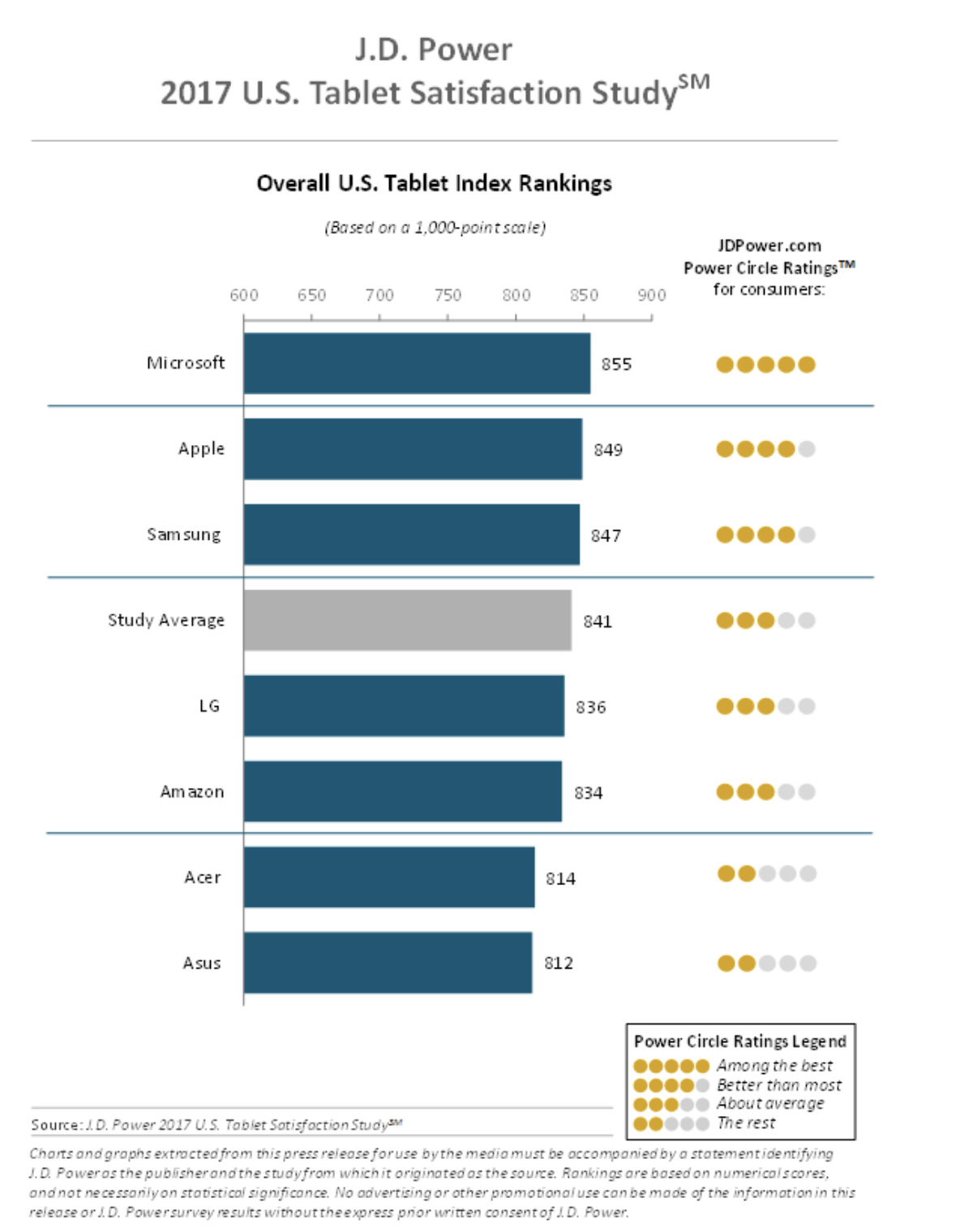
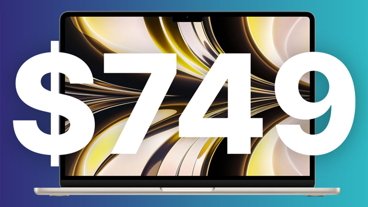
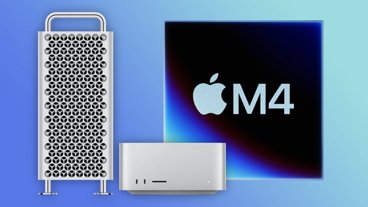
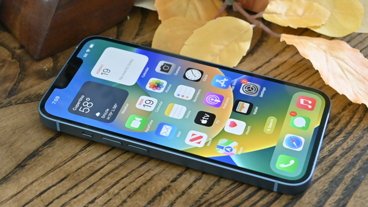
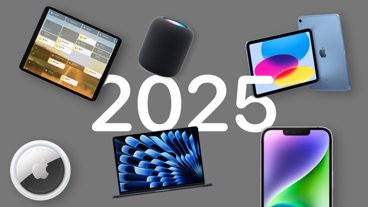


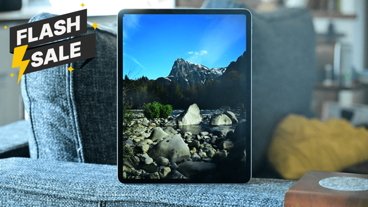
-m.jpg)





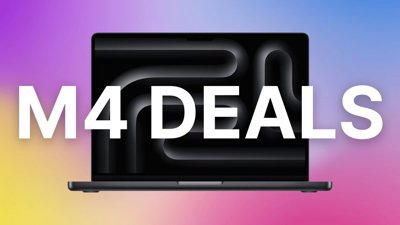
 Christine McKee
Christine McKee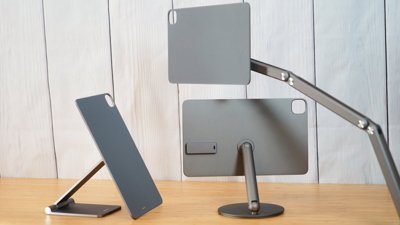
 Wesley Hilliard
Wesley Hilliard
 Malcolm Owen
Malcolm Owen
 Mike Wuerthele and Malcolm Owen
Mike Wuerthele and Malcolm Owen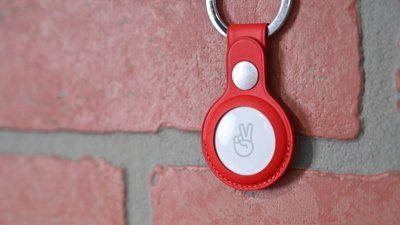
 Amber Neely
Amber Neely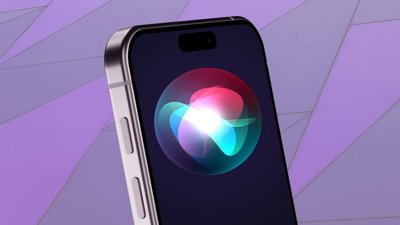
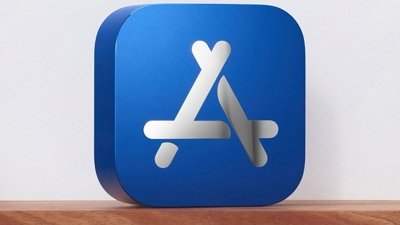
 William Gallagher
William Gallagher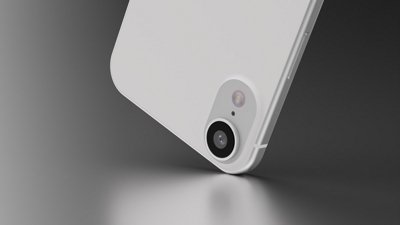
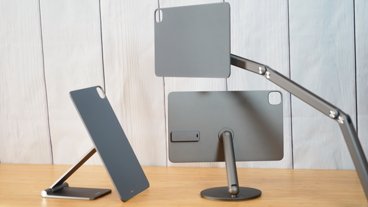
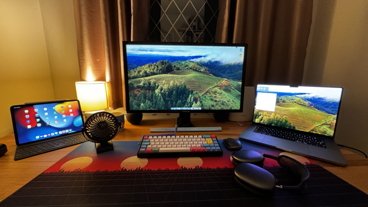



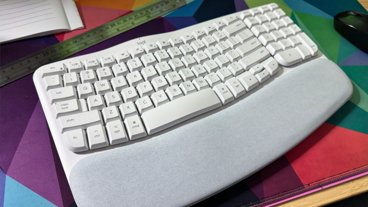
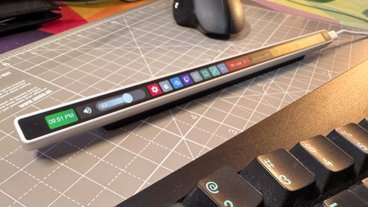


43 Comments
I'm sure that Microsoft didn't pay for the recommendation, or anything.
So it's curious because The iPad didn't score #1? Hasn't Apple been #1 with this survey before?
I don't think of Surface as a tablet but I guess because it's multi touch and the keyboard is detachable it's classified as such.
It's been long known that JD Power rankings can be purchased. It appears MS slipped them a million dollars worth of incentives.
JD Power is a rating service for hire. I hope people know that.